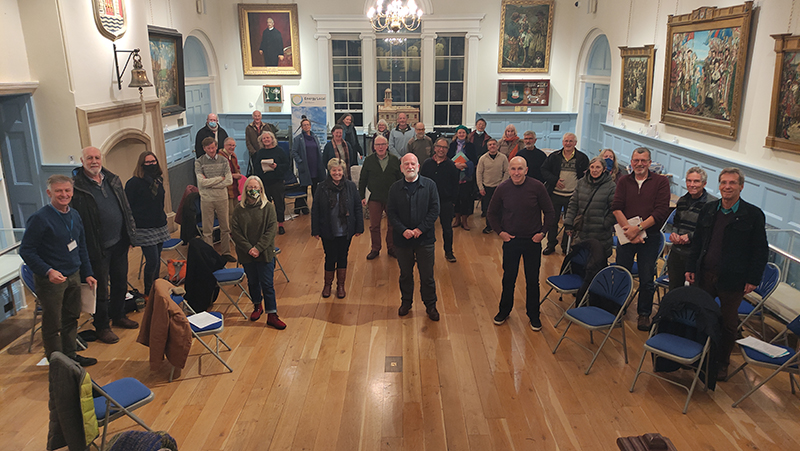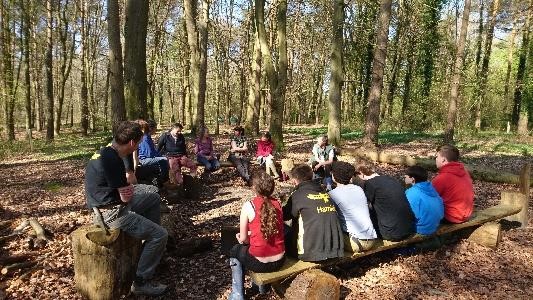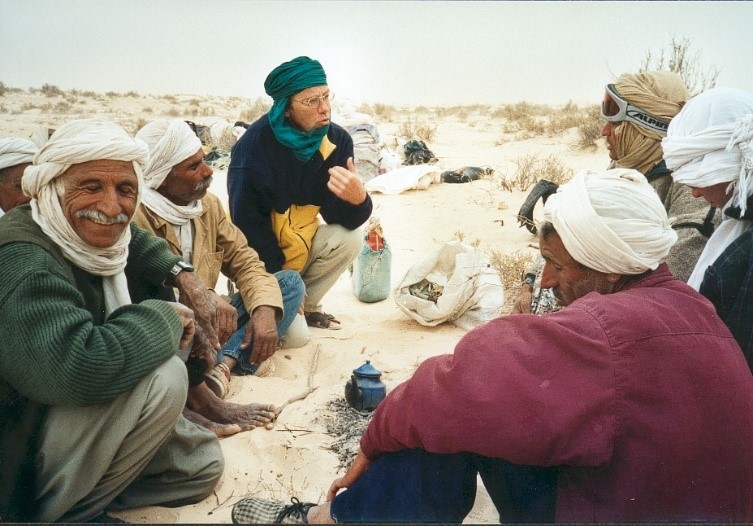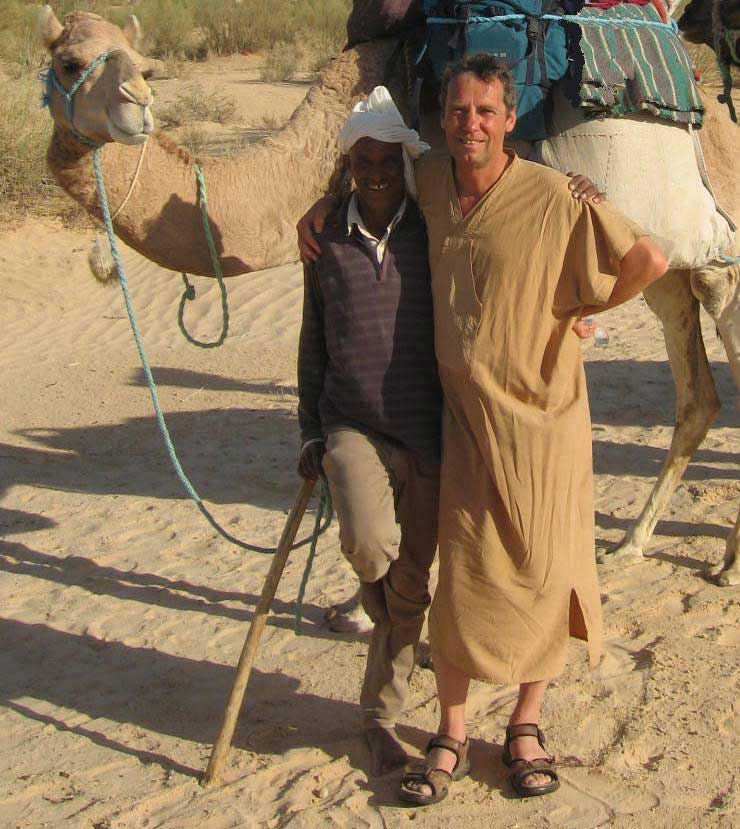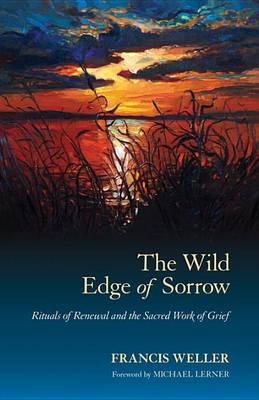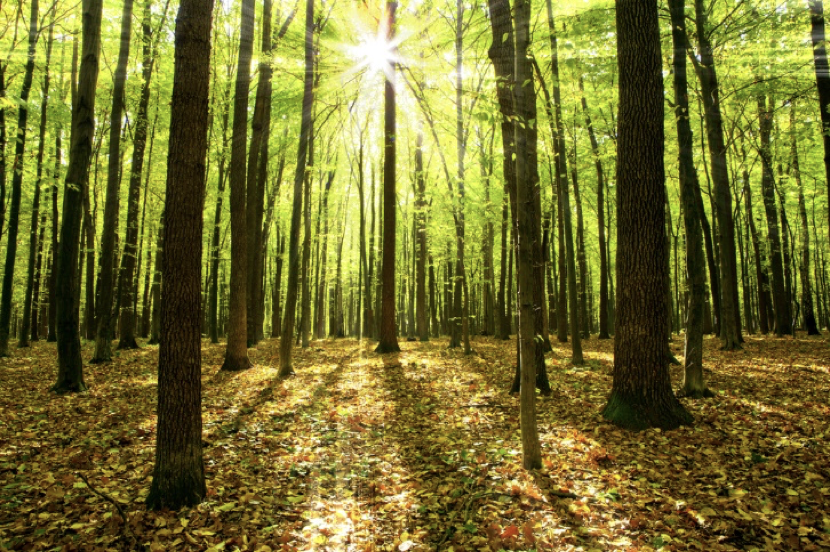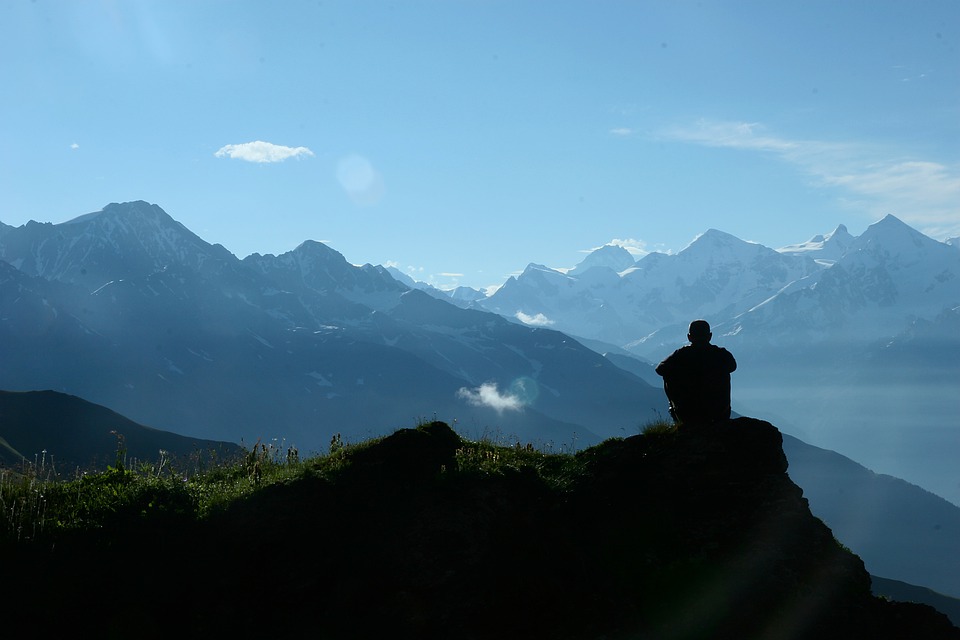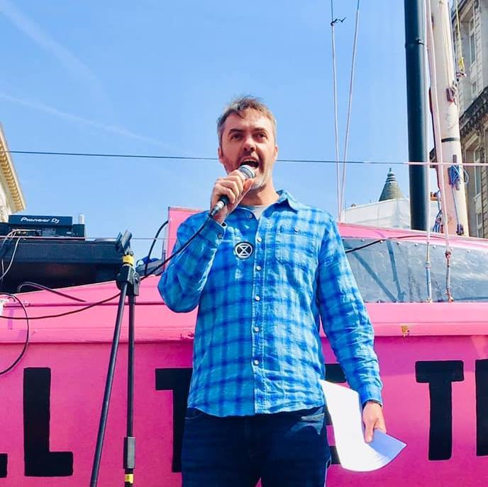2022 Climate Outlook: pray for miracles
The holiday time around New Year 2022 has been a chance for some of us to reflect on the outlook for the climate crisis, and it’s not a cheery prospect. I have been digging deep to find some constructive responses. In reviewing current information, I was startled to learn that, if you adjust for the … Read more
